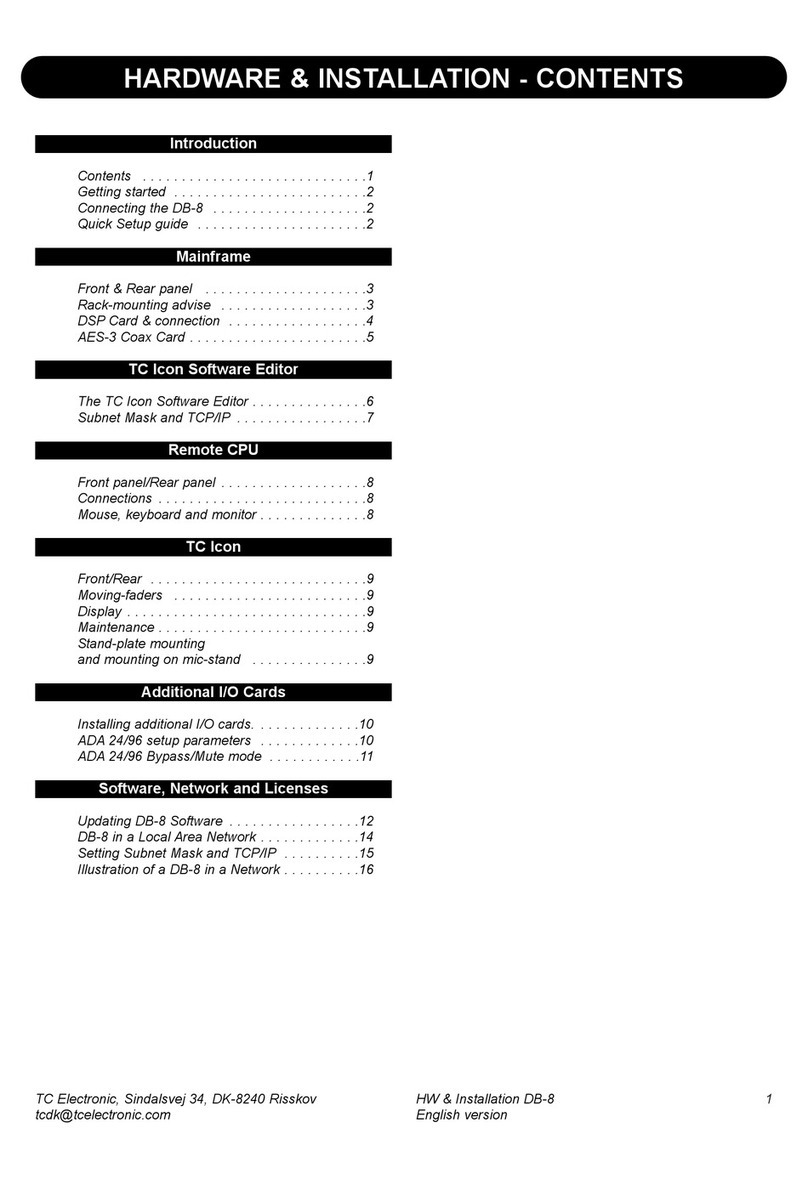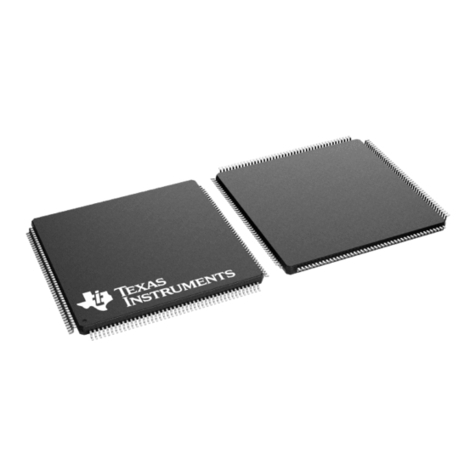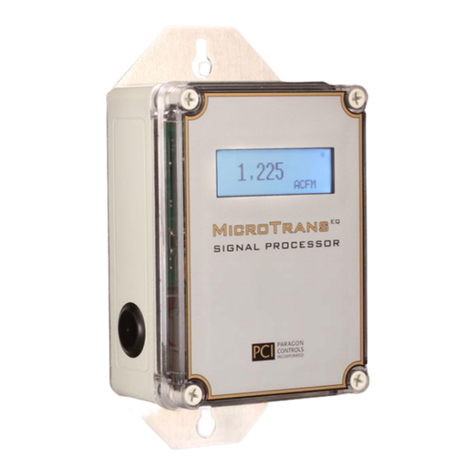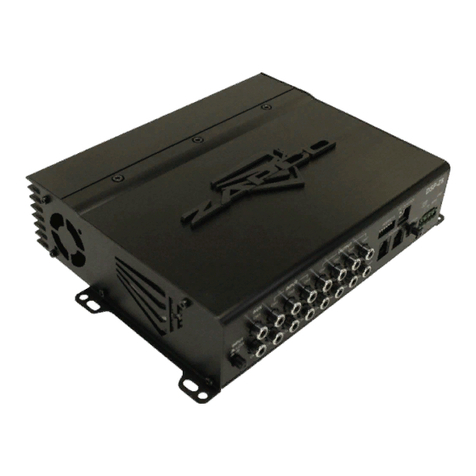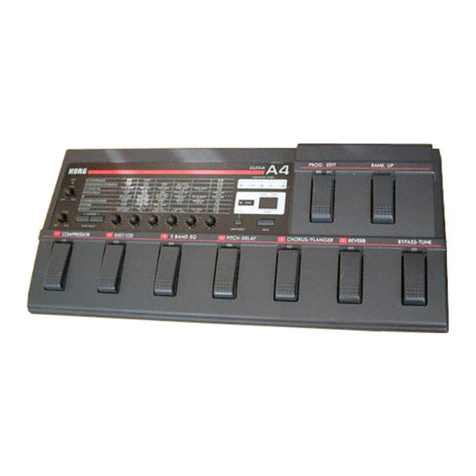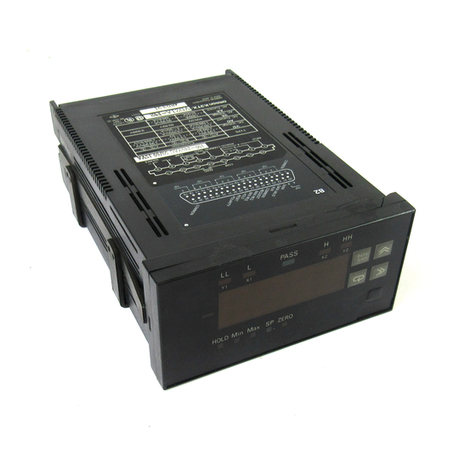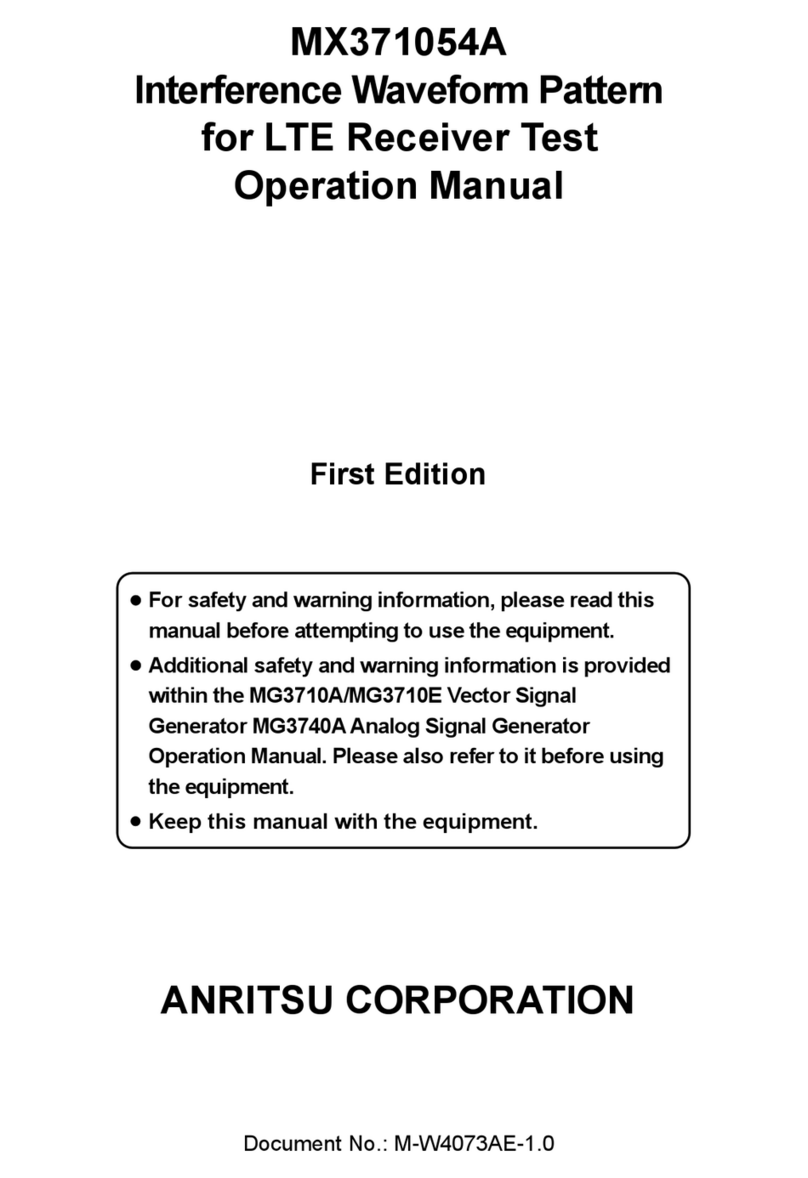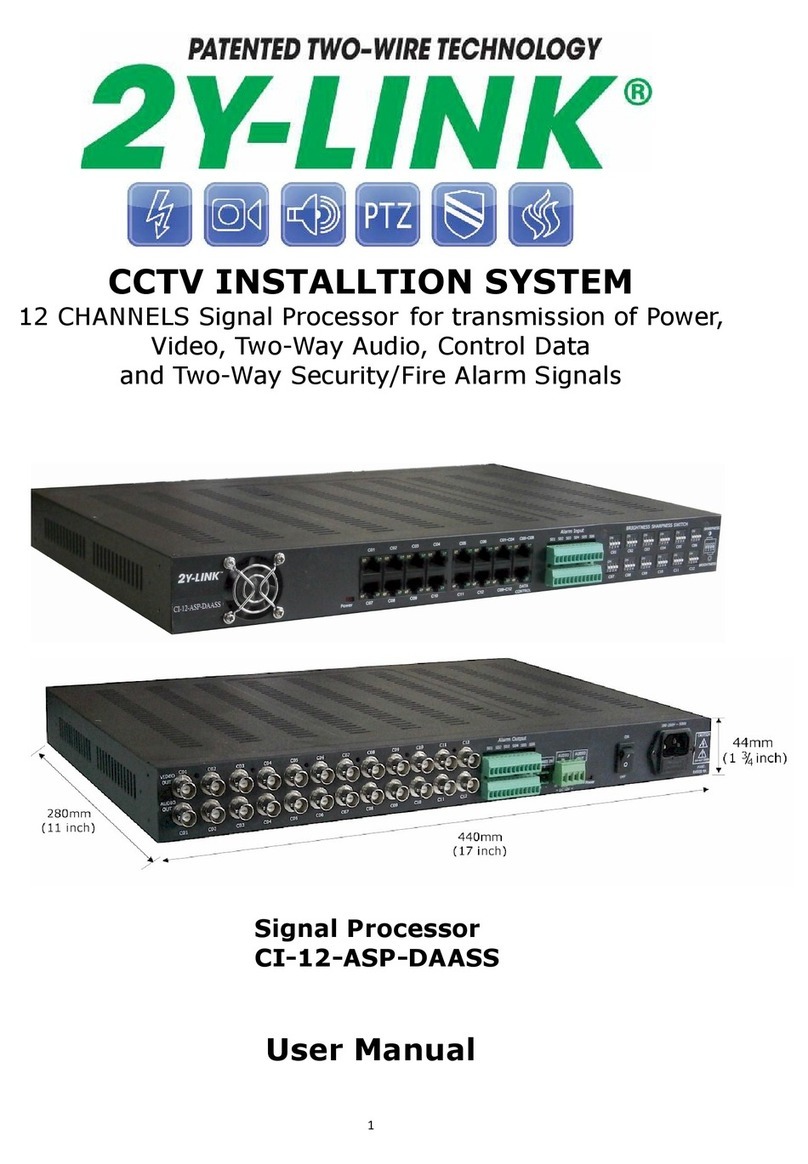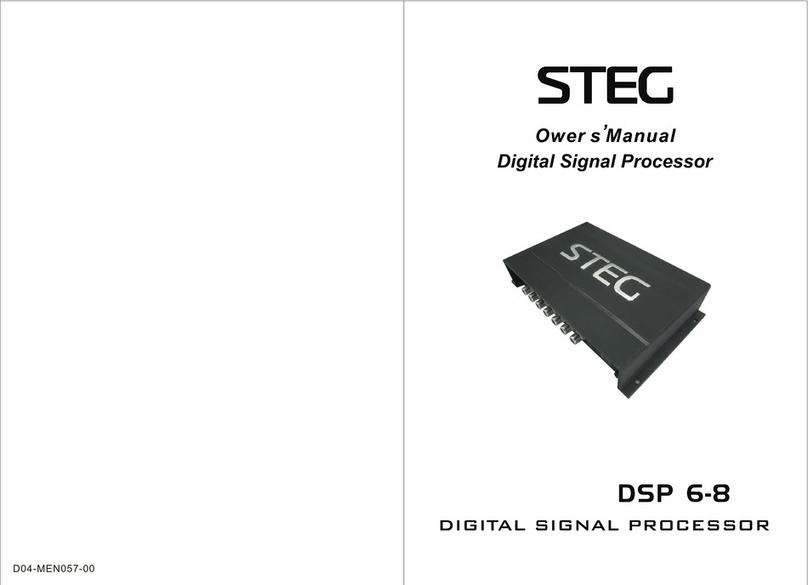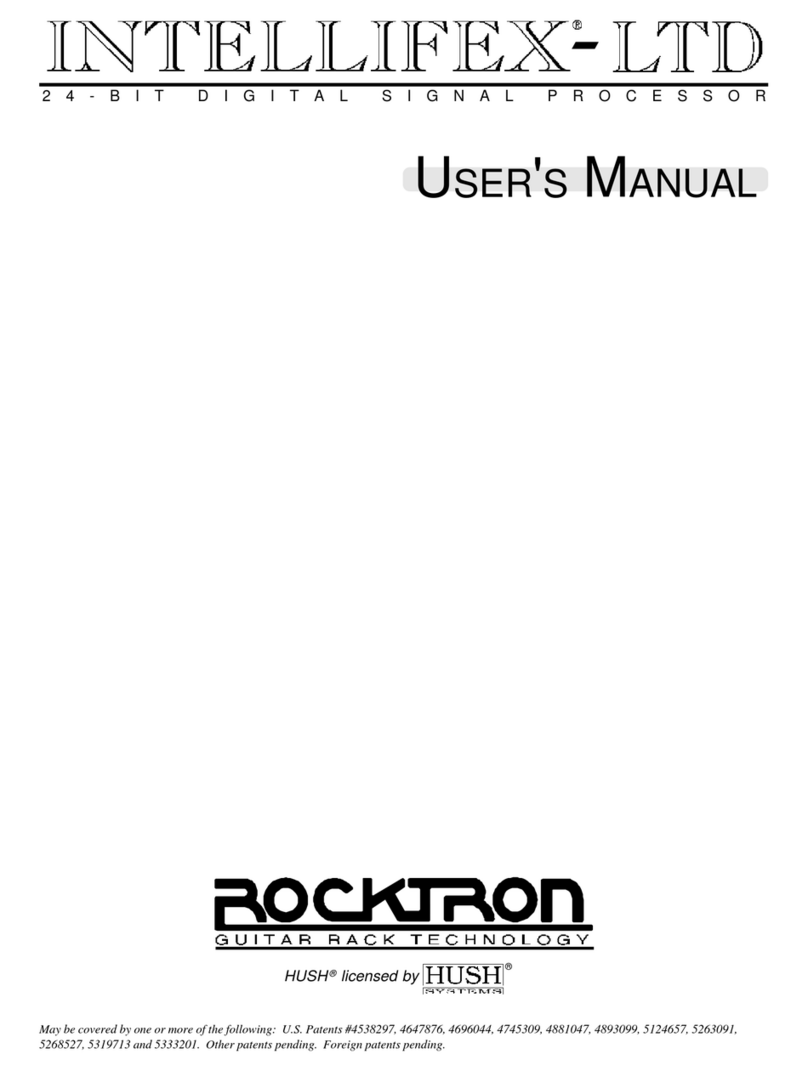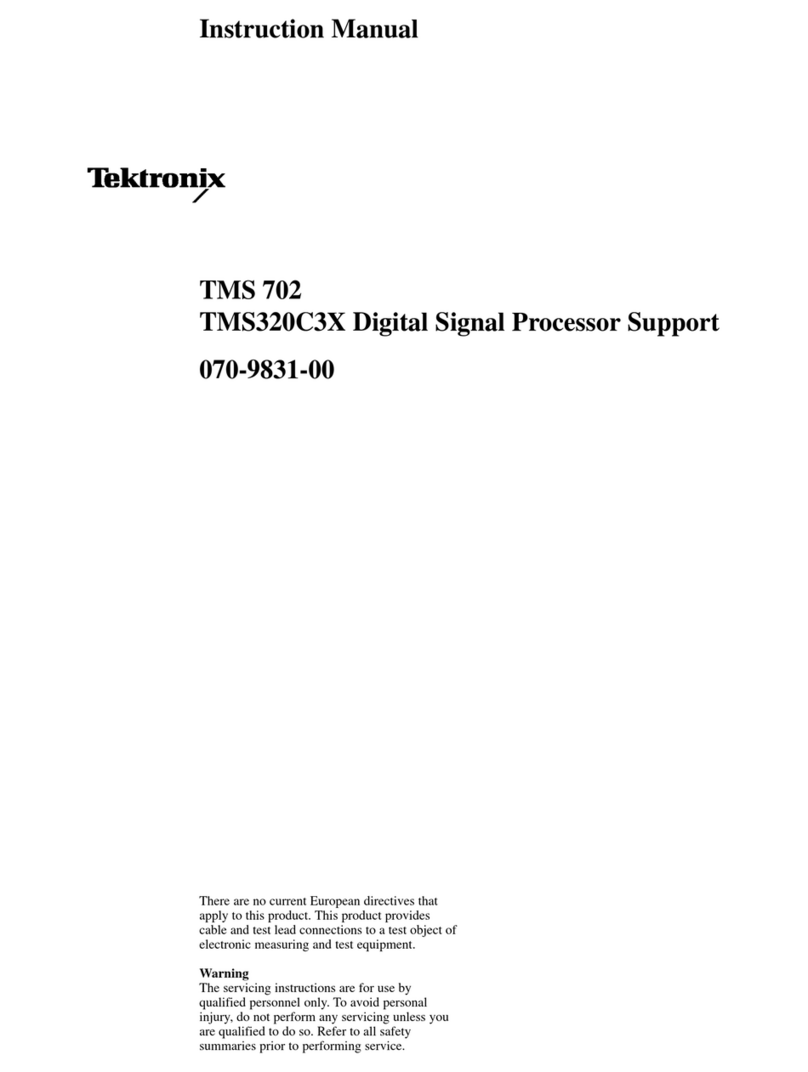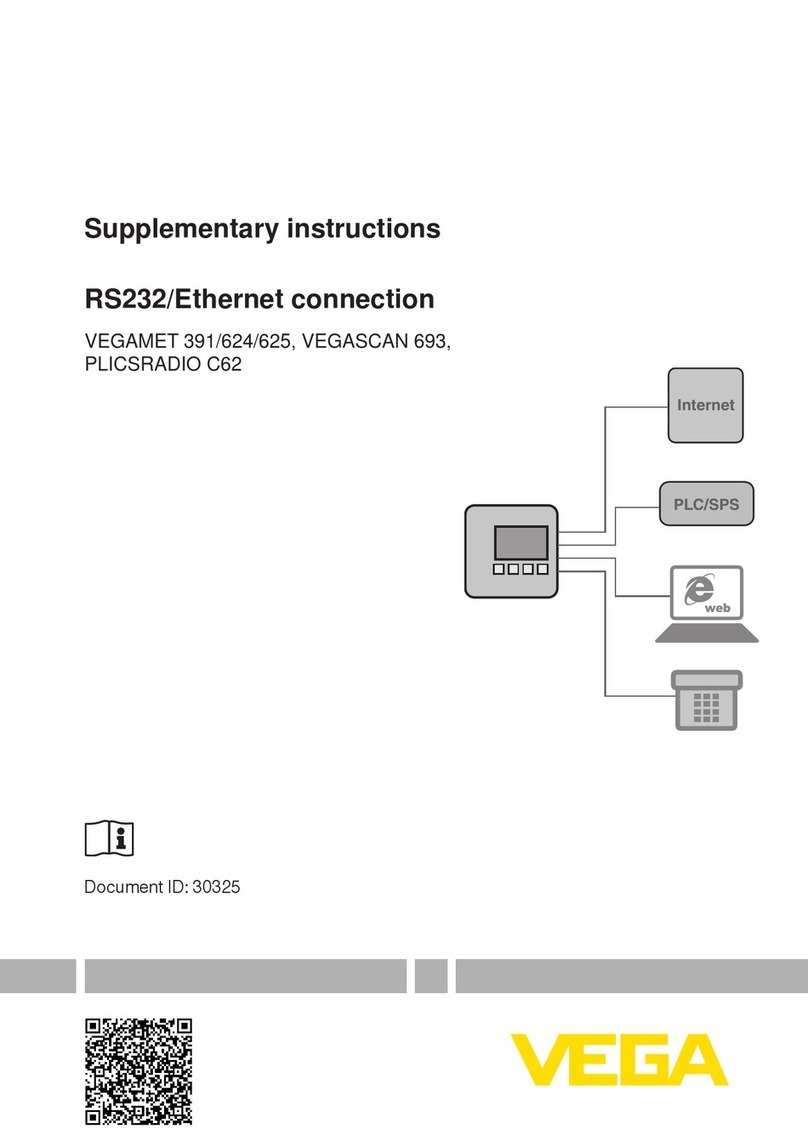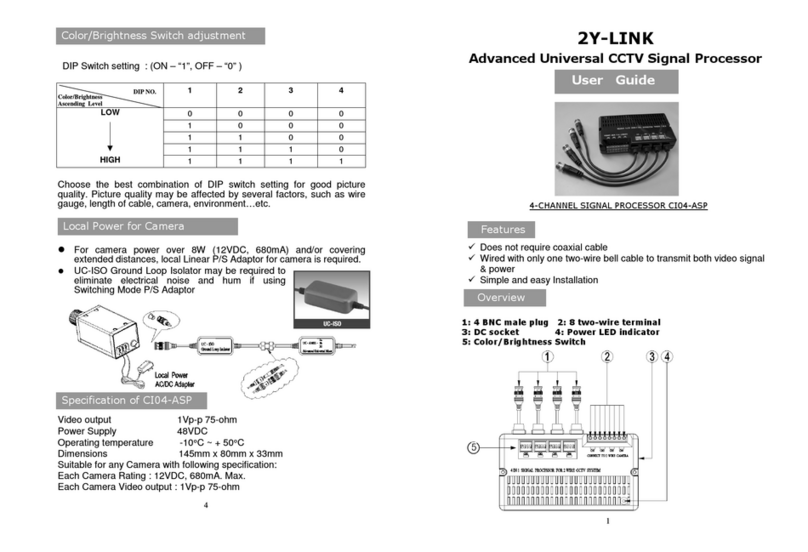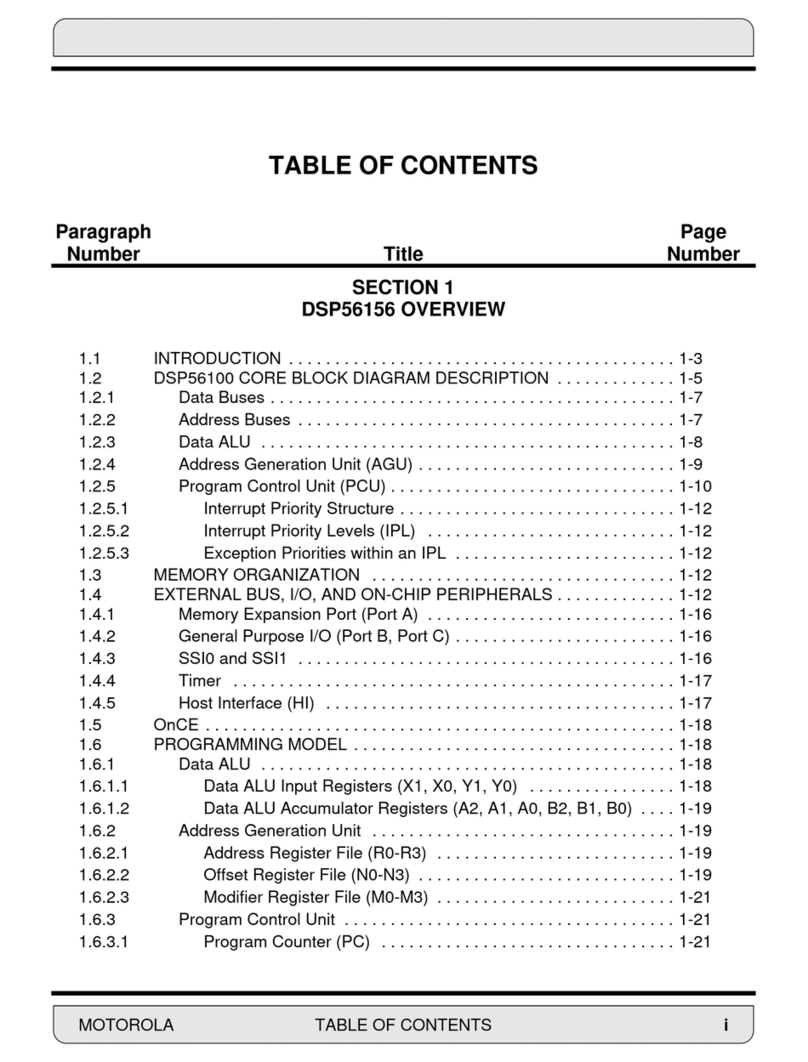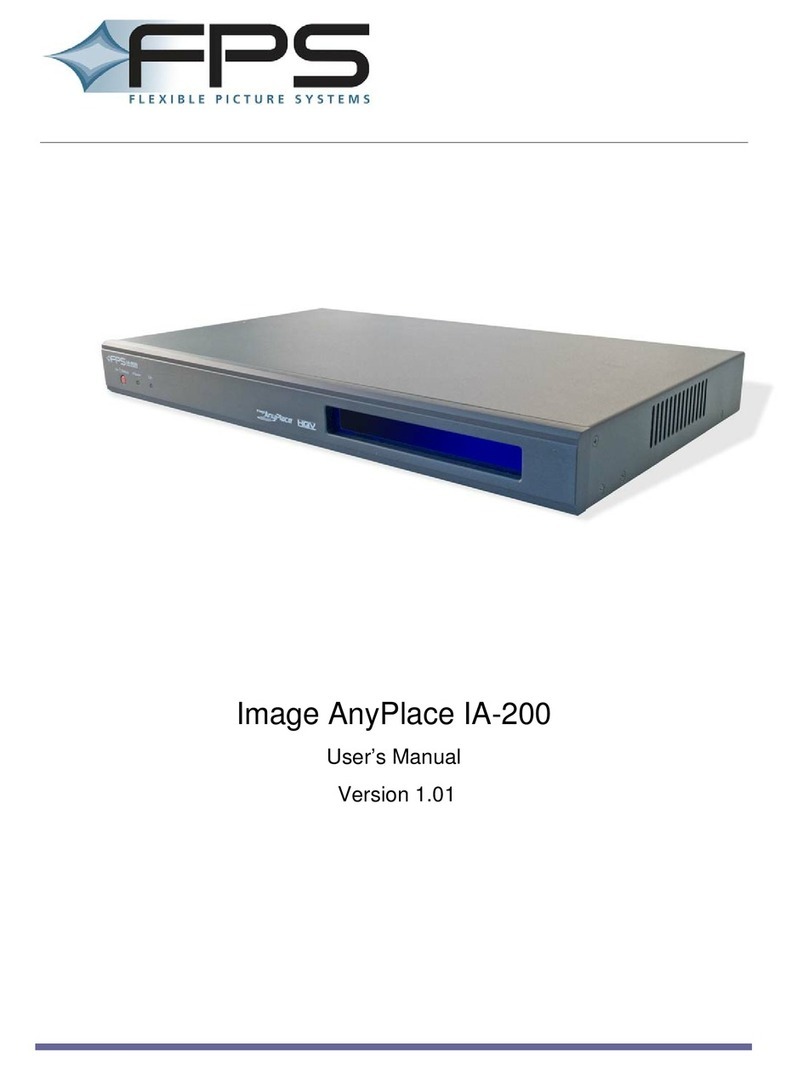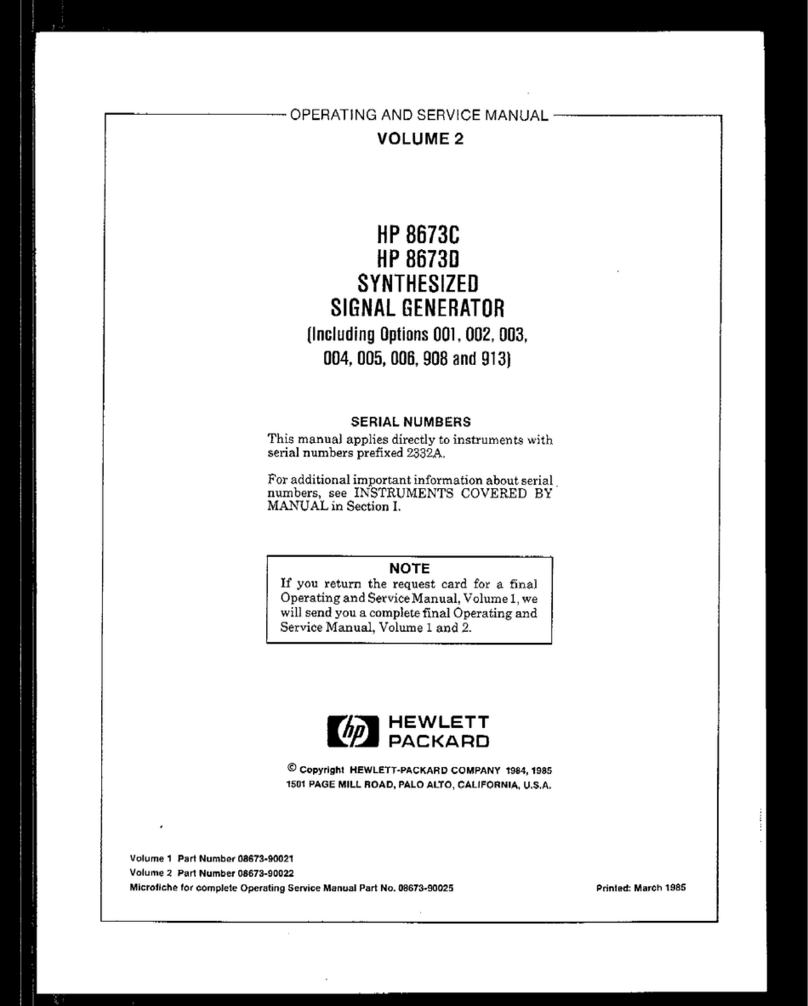
Table of Contents
Introduction
....................................................................................................................................................................................................... 4
The revolutionary Zapco HDSP-V Series .................................................................................................................... 4
Bar raising numbers for the Zapco HDSP-V ............................................................................................................. 5
Upgradable internal modules/components ........................................................................................................... 7
HDSP-V PAD-A Input End
........................................................................................................................................................................... 8
HDSP-V PAD-A Output End and Dash Board
............................................................................................................................... 9
HDSP-V PAD-A Cover Plate
.................................................................................................................................................................... 10
Installing the Control Program (GUI)
............................................................................................................................................. 11
Unit Installation
............................................................................................................................................................................................ 13
12V onnections .................................................................................................................................................................... 13
Input Sensitivity for Radio/ D Head Unit ............................................................................................................... 14
Opening the Control Program (GUI)
............................................................................................................................................... 15
The HDSP-Z16 V Control Program
................................................................................................................................................... 17
The Main Page .......................................................................................................................................................................... 17
The I/O Page .............................................................................................................................................................................. 22
Defining Outputs ............................................................................................................................................. 22
Defining Inputs ................................................................................................................................................. 23
Auto-Summing ................................................................................................................................................. 25
The Delay Page ........................................................................................................................................................................ 26
The rossover Page ............................................................................................................................................................... 28
The Phase Page ........................................................................................................................................................................ 30
The VSEQ Page ......................................................................................................................................................................... 32
The Equalizer ............................................................................................................................................................................. 33
Speaker Polarity and Phasing
............................................................................................................................................................. 36
Tuning - The Simple Rules
....................................................................................................................................................................... 37
Dash Board Control
.................................................................................................................................................................................... 39
Formatting Larger USB Thumb Drives/Sticks
.......................................................................................................................... 42
HD Player Quick Start
............................................................................................................................................................................... 43
Special Features of the HDSP-Z16 V Processor
........................................................................................................................ 43
Ambient Rear Fill .................................................................................................................................................................... 43
reating a Pair of 60-Band Equalizer hannels .................................................................................................... 45
Firmware Update
......................................................................................................................................................................................... 47
Technical Specifications
.......................................................................................................................................................................... 49
3


